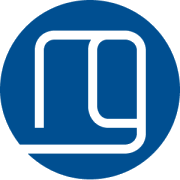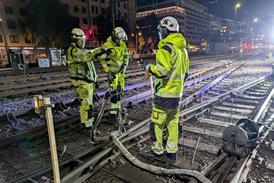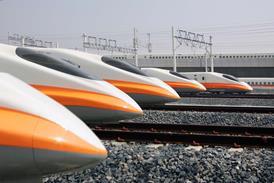‘War of signs’ breaks out on metro network
By Metro Report International2021-10-11T05:00:00

TURKEY: Ever since the first sections of the Istanbul metro opened for revenue service almost three decades ago, station entrances across the municipally-operated network have been marked clearly by an easily-identifiably logo — a capital letter M, merged with an arrow pointing downwards to the station below.
Already have an account? LOG IN
To continue…
You’ve reached your limit of content for the month
Get enhanced access to Railway Gazette news and weekly newsletters.

For almost 200 years, the Railway Gazette Group has been the leading provider of news, analysis and intelligence for the international railway industry. Our independent and authoritative content is read by operators, regulators and the supply industry in over 140 countries using a variety of tailored subscription packages.
Site powered by Webvision Cloud



